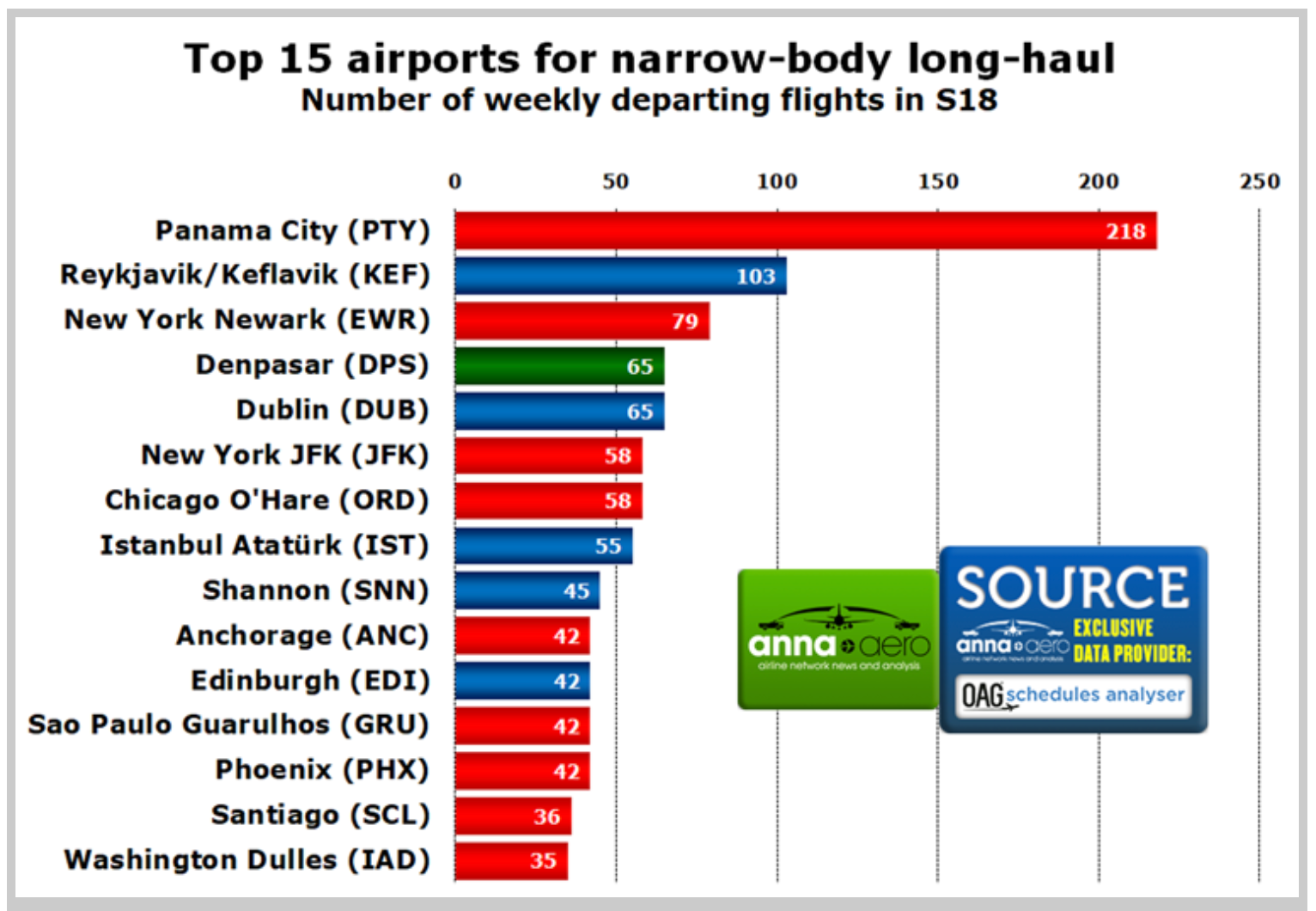Why the Boeing 787 is not the aviation miracle we were promised
Plane Talk: The Boeing 787 was supposed to unlock long, thin routes. But its smaller, older siblings may be stealing the limelight
From Heathrow, Emirates and Qatar Airways will take you to their respective hubs of Dubai and Doha, and onwards to a broadly similar range of destinations. From Addis Ababa to Auckland, the fares they charge are largely similar. Assuming you are not planning to stop over, your choice may come down to the type of aircraft you prefer.
All of Emirates’ six daily flights from Heathrow are operated by the Airbus A380 “SuperJumbo”. But for Qatar Airways you can take your pick of aircraft (relatively) old and new.
Take the first plane out at 8am for the classic Boeing 777 experience. Around an hour later, it’s a 787 “Dreamliner”. Next out: the Airbus A380. And you can even pick between two versions of the Airbus A350: the -900 at 9.30pm, or the -1000 less than half an hour later.
I opted for the 787 outbound and the A350 inbound. And the comparison between the two did not go well for Boeing, at least in the Qatar Airways configuration. The cabin on the Airbus (-1000, if you care) is about one foot wider than the 787. Divided between nine passengers in a 3-3-3 configuration that might seem imperceptible, but I felt it provided useful elbow room.
Perhaps I spent rather too many hours in a 787 earlier in the year (January, Bogota-Heathrow; March, Heathrow-Perth and back). But I have a nagging feeling that the Dreamliner is not quite the aviation miracle that we were promised.
It is a decade since the 787 was originally due to enter commercial service, and seven years since it actually took to the skies with paying passengers on board.
The 787, we were told, was the ultimate ultra-long-haul machine – so it’s odd that the longest flights in the world (Doha-Auckland and Dubai-Auckland) are operated by, respectively, a 777 and an A380. When Singapore Airlines brings back its nonstop link to New York and wrests back the endurance record, it will use A350s.
None of which, presumably, worries Boeing – which has a dream of an order book for the Dreamliner, fast approaching 1,400, and likely only to increase in line with the price of oil.
As the cost of aviation fuel rises, airlines are more inclined to buy efficient aircraft like the 787 to replace their gas-guzzlers. But I imagine some of them are looking at something slimmer and trimmer.
With the exception of some very long hops, such as Qantas from Heathrow to Perth and British Airways from Heathrow to Santiago, the routes the 787 is flying are distinctly mid-range: Cardiff-Doha, at 3,374 miles, is typical.
The latest versions of the Airbus A321 and Boeing 737 have no problem covering that sort of distance with a full payload. They have precious little room for cargo, but offer very attractive economics as people carriers on “long, thin” routes – of which Cardiff-Doha is an excellent example.
In the latest edition of Anna.Aero, the newsletter with network news and analysis has a fascinating table.
What kind of airport top 10 begins with Panama City, followed by Reykjavik and New York Newark? And sees the UK just miss out on a Top 10 place, being pipped by Anchorage, Alaska? Airports in order of the number of scheduled long-haul narrow-bodied services. The compilers define long-haul as 2,800 miles or 4,500km. And Panama City, hub for Copa, is the world capital of deploying 737s on long-haul routes.

Panama is a small country in a relatively thinly populated part of Latin America. But thanks to Copa’s strategy, it has implausibly good links: non-stop to Las Vegas, to Montevideo in Uruguay and five times a day to Sao Paulo in Brazil.
Reykjavik’s international airport at Keflavik is next, thanks to the efforts of Icelandair and Wow. They have very different fleets: venerable 757s which are effectively free to own though with heavy maintenance and fuel costs; and brand new Airbus A321s, rapidly becoming the long, thin staple.
There appears to be precious little passenger resistance, even on the longest narrow-bodied route – Stockholm to Newark, almost 4,000 miles, on a United 757.
The Boeing 787 was supposed to unlock long, thin routes. But in a price-conscious world, its smaller, older siblings may be stealing the limelight.
And with easyJet stretching its route network further southeastwards with a new Gatwick-Aqaba link, the Airbus A320 is challenging UK preconceptions of where short-haul ends; Doha is barely 1,000 miles further.
Join our commenting forum
Join thought-provoking conversations, follow other Independent readers and see their replies
Comments